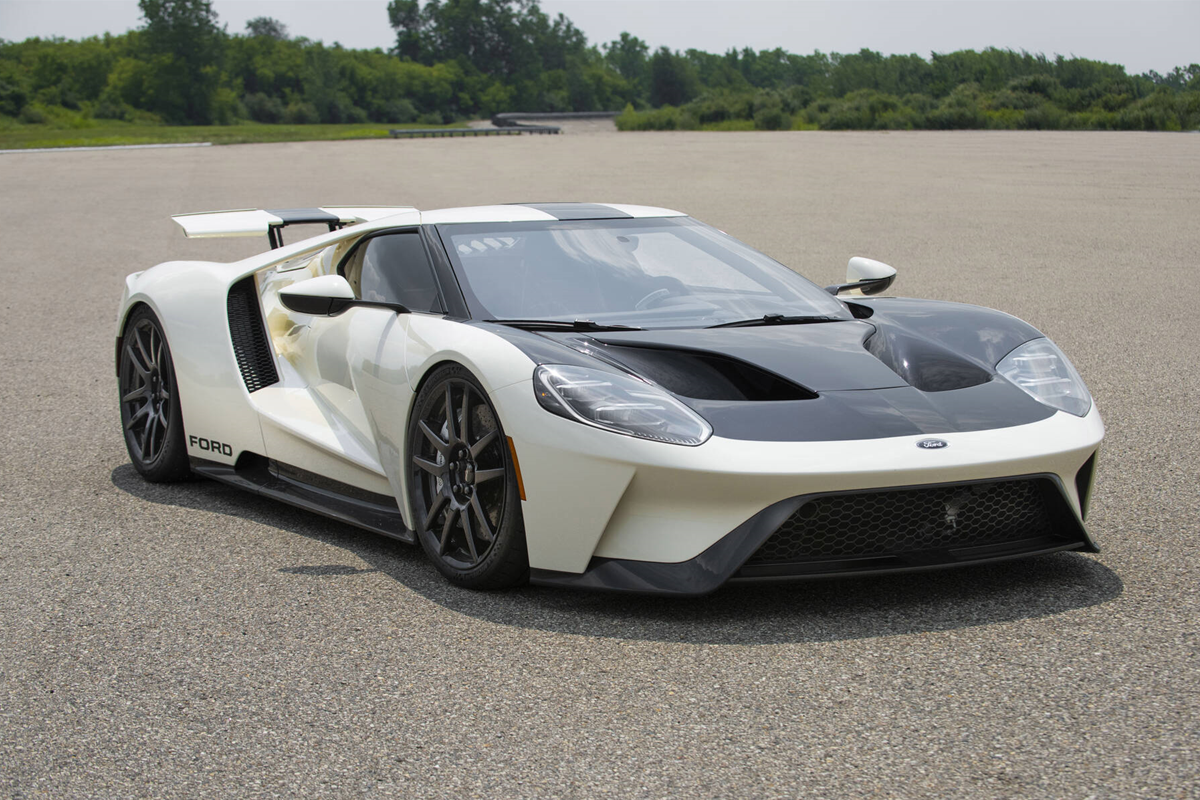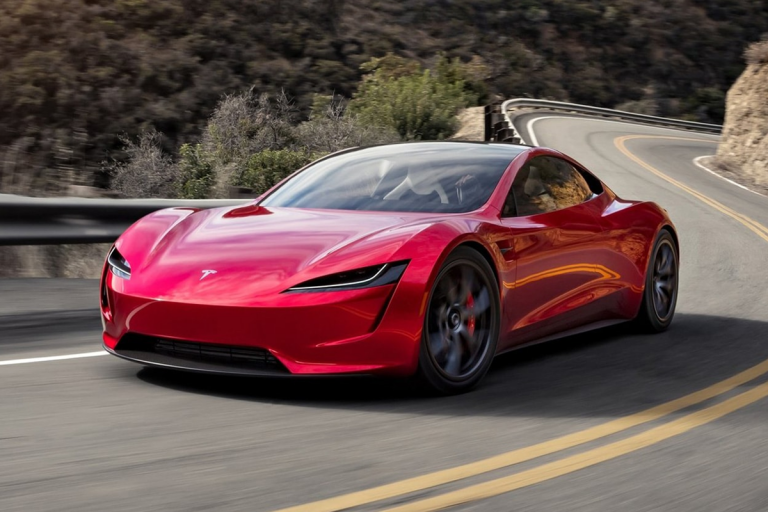
Features Of Ford’s GT Supercar
Ford’s GT supercar is a car that has been in production for about five years. It is the fourth generation of Ford’s GT model, and has received lots of criticism as not being up to industry standards. However it still managed to sell out with lots of orders from America, Europe and Asia. In going on sale in 2011 it debuted at $350,000 dollars with a nearly unbelievable 462 horsepower engine under the bonnet. It was also almost three times more fuel efficient than the average supercar.
Features of Ford’s GT supercar
1. A sleek body.
This car has a sleek body that is not as big as other cars such as the Chevrolet Corvette and BMW M5. The C-pillar and A-pillar are being pulled down, this has helped to create a slimmer body. The glass has been made smaller which helps the aerodynamics of the car to be better.
2. Fast for its class (of course).
The car can produce upwards of 400 horsepower, but it still managed to get from 0-60 miles per hour in just 5 seconds or less. This is extremely fast, and in fact it is the fastest production car that Ford has ever made. The top speed of the car is 220 mph, and it also has a 240-mile range.

3. Wonderful looks.
Ford’s GT supercar has had many critics saying that it just does not look as good as other cars such as the Pagani Zonda and Ferrari 458 Italia. Many have been critical about the hood scoop being too big, but for some it still looks fine. However this can be changed by removing the hood and replacing with their own version of a hood scoop during installation at a later date through modifications done to the bodywork.
4. It is very light.
This car weighs 1,704 pounds (about 2,761 kilos) and has a sum of 2,000 pounds (about 4,410 kilos) of ballast being added to the rear. This makes it about 1/4 less than other supercars such as the Pagani Zonda and Ferrari 458 Italia. Other features include a 19-inch forged alloy wheels using low pressure cast aluminium inserts and rollers developed in conjunction with Michelin to produce a coefficient of friction that is three times lower than normal rubber for better grip on the tracks designed for them. The entire car is made from carbon fibre reinforced plastic (CFRP).











